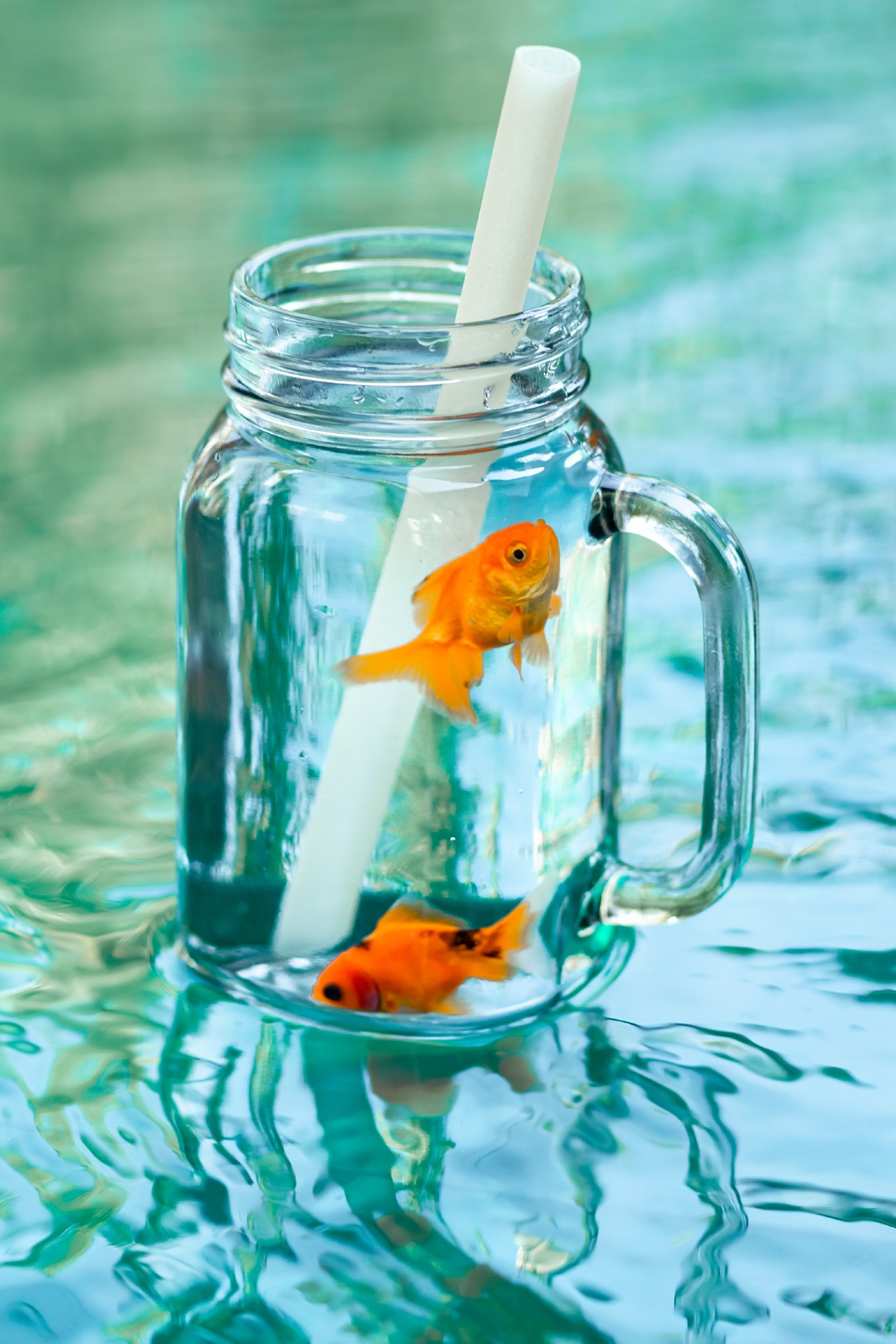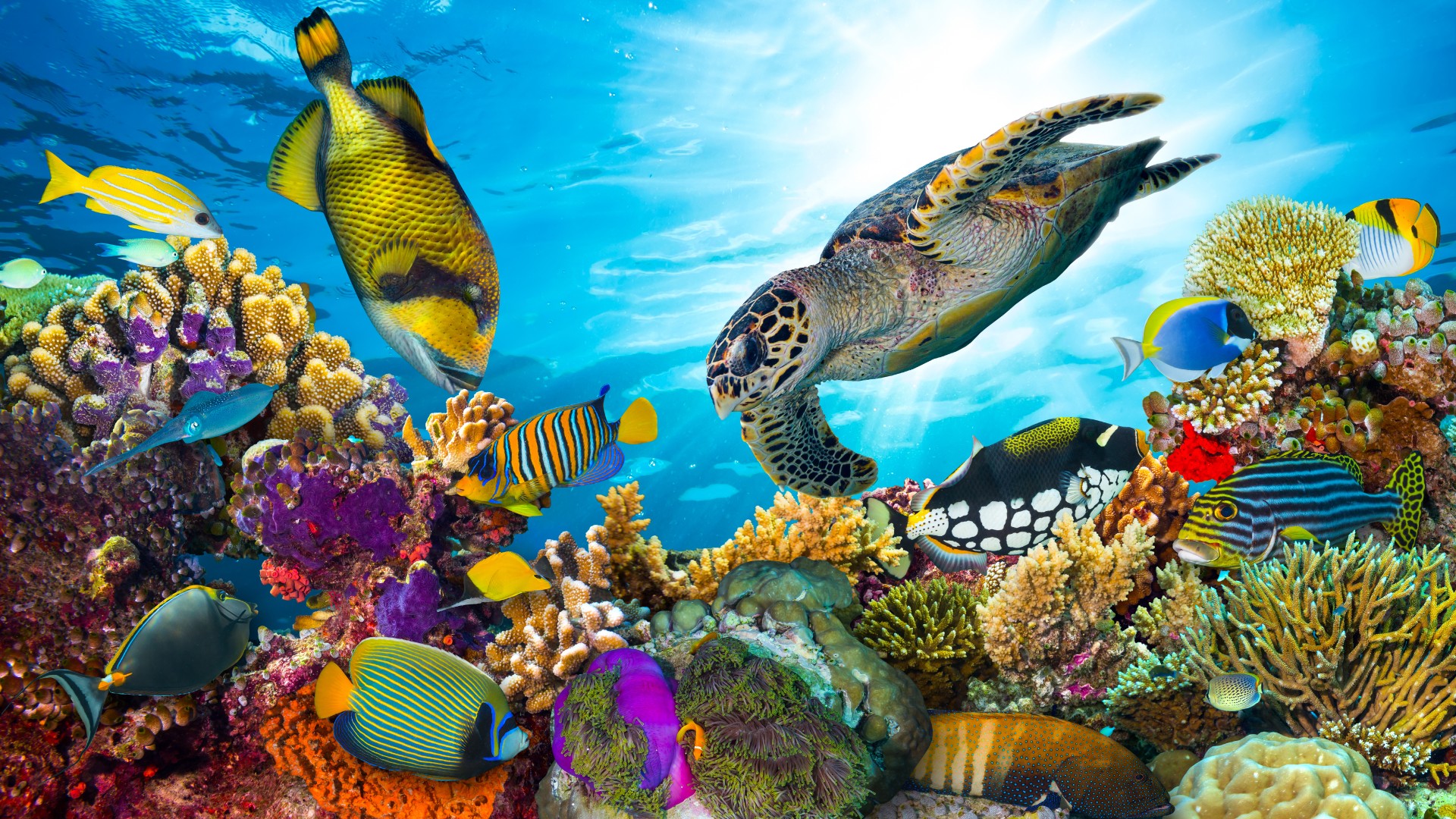
More than two-thirds of the earth’s surface is found in the ocean. It is a vast and beautiful blue home to millions of marine animals, plants, and ecosystems. It is also a huge source of energy and resources that we, humans, use. Because of this, the ocean is a key player in our planet’s health and our species’ survival. But the ocean is being polluted by humans and altered by climate change more than ever – pushing it to an irreversible point of health decline.
Humans throw around 8 million tons of plastic into our oceans each year. This amount of waste is expected to double by the year 2050 – outweighing all the ocean’s fishes.
If there’s one thing these numbers tell us – it is that things will only get worse if we don’t act fast. This article reveals the importance of ocean systems to our daily lives and how human activities impact ocean health. Read on to see how you can contribute to protecting the ocean.
World Ocean Day
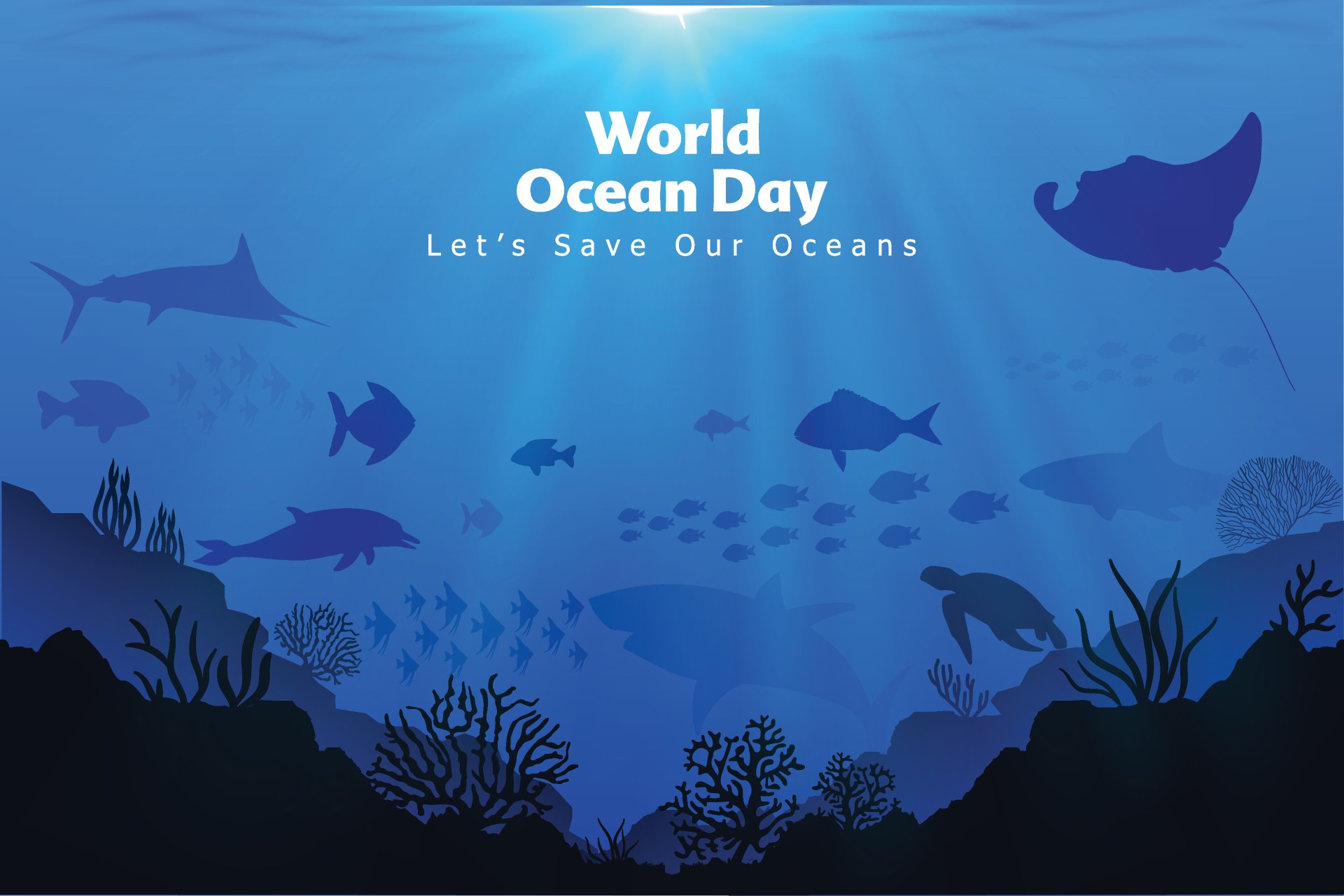
June 8th marks World Ocean Day – a celebration of our planet’s marine ecosystem and a call to action for communities to unite and protect our oceans. World Ocean Day allows many sectors (i.e., government agencies and youth organizations) to collaborate and discuss campaigns for ocean conservation.
It aims to mobilize our world leaders to protect 30% of our earth’s ocean resources by 2030. This is the ‘30×30’ goal by the World Ocean Day Youth Advisory Council. By adopting this mission, we will be able to protect our wildlife and cut the effects of climate change on our marine ecosystems.
The Ocean’s Bounty
Our planet has depended on the ocean’s bounty since the beginning of time. And humans have benefited from its resources for centuries. Knowing the ocean’s importance, not just to our daily lives, but also to the planet’s survival is key to saving the earth. In this list, we provide some of the reasons why the ocean is important to our planet.
In the modern age, we use the ocean’s resources for renewable energy, mineral resource, and food provision.
Fuel Resources
Humans get a third of the worldwide oil and gas reserves from the ocean. This fuel extraction from offshore sources has a long history that dates to the late 19th century. With the rising demand for fuel options, scientists estimate that the extraction of these fuel reserves will only become more frequent in the years to come.
Mineral and Ore Extraction
Another resource that humans receive from the ocean is mineral resources. With current innovations in technology (i.e., hybrid cars, electronic products, smartphones, etc.), we need more mineral and ore resources. The limited source of these items on land has made companies collect these materials from the ocean. Valuable ores collected from our oceans include manganese nodules, cobalt crusts, and massive sulfides. Humans also collect sand and gravel for construction use.
Food Provision
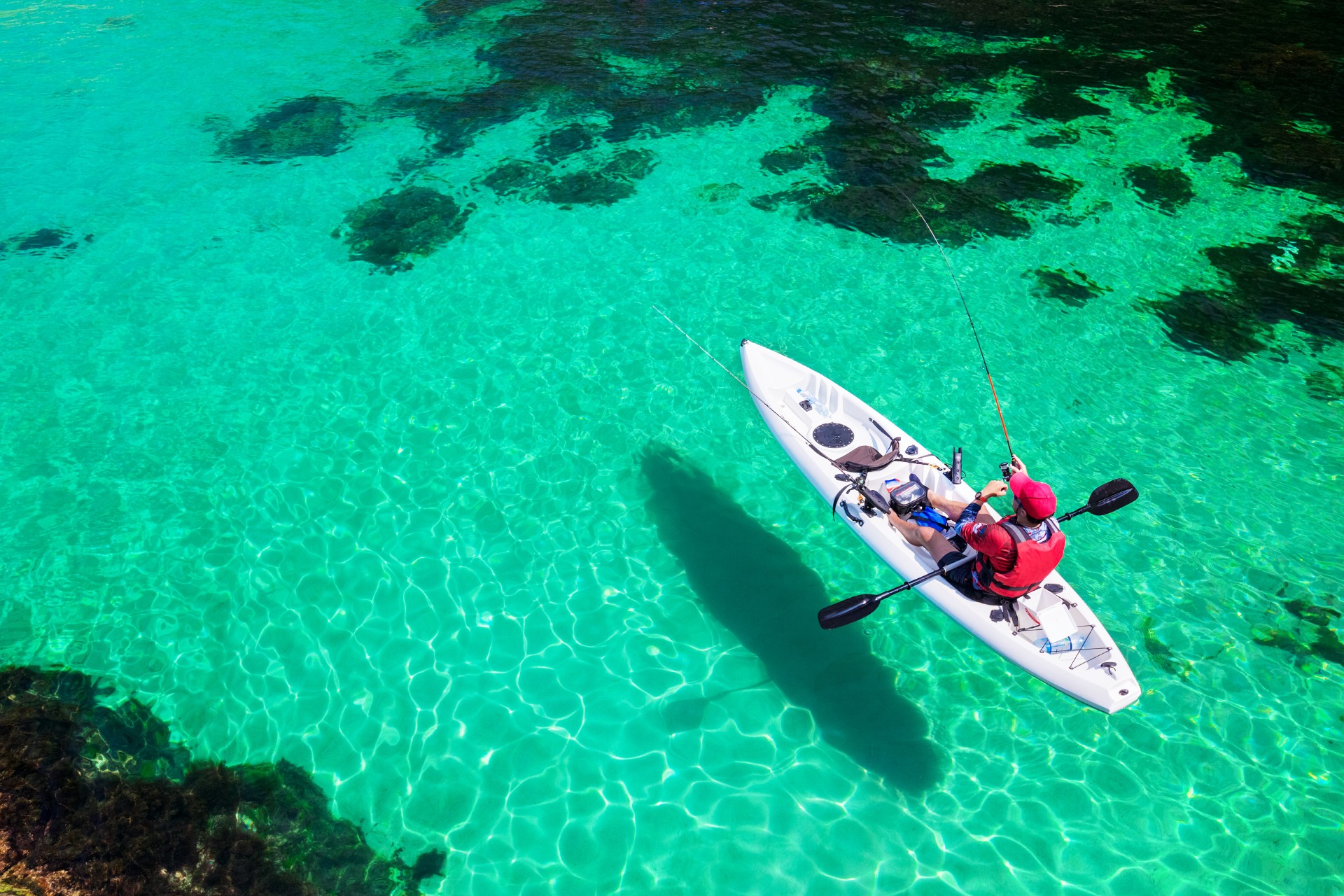
Humans also depend on the ocean’s bounty in the form of food. About 200 billion pounds of fish and shellfish are caught in the ocean a year. Besides fishing, humans also collect other food items such as crustaceans and algae for consumption.
These figures speak volumes about how much humans benefit from the ocean’s bounty. As such, we must be able to create sustainable methods to reduce our negative impacts on these marine resources. If not, we will only be hurting the chances of survival of our future generations.
The Ocean and Climate Regulation
The ocean does not just provide humans with biological and physical resources. It also helps the earth regulate its climate. With the ocean’s area encompassing the globe, it is an enormous storage area of the earth’s CO2 concentrations. What happens is that the ocean absorbs, stores, and distributes these greenhouse gases.
But why is this fact important? It is because the ocean allows for a regulated exchange of these chemicals. What this means for humans is that CO2 and other harmful gases don’t mix with our atmosphere where they can harm us. Plants and other phytoplankton in the ocean, for example, use CO2 to generate energy. Instead of these harmful gases going up the atmosphere, the ocean redistributes and transforms them for other organisms to utilize.
As of current, the ocean accumulates 30% of the world’s CO2 emissions. With the current industrial emissions, we can only expect them to go up.
Marine Wildlife
The ocean is home to a plethora of living beings. Organisms ranging from single-celled bacterioplankton to large vertebrate whales. These organisms thrive and form a web of inter-relationships in the ocean.
Perhaps, the most famous of these marine creatures are corals. These are marine invertebrates that form colonies on the ocean floor. The ocean provides corals with minerals and sustenance to create their colonies which we see as reefs. The result is an ecosystem of diverse species of fishes and other invertebrates benefitting each other.
The Impacts of Human Activities on the World’s Oceans
Over the past decades, humans have exploited ocean resources to a detrimental point. The age of industrialism has increased carbon emissions that alter ocean pH levels. This change has harmed ocean wildlife and damaged marine habitats.
Fishes and large marine animals are negatively affected by plastic pollution, oil spills, and destructive/overfishing. And with the increase in demand for ocean mining, ocean floor wildlife will also be harmed.
The industrial wastes that we pollute our oceans with will only worsen our climate change crisis on a larger scale. And will only create more environmental problems for us to solve.
More than ever, humans are abusing what the ocean has to offer. If we don’t act fast to reverse these negative impacts, we might as well expect a world with no ocean resources to support us – and the generations to come.
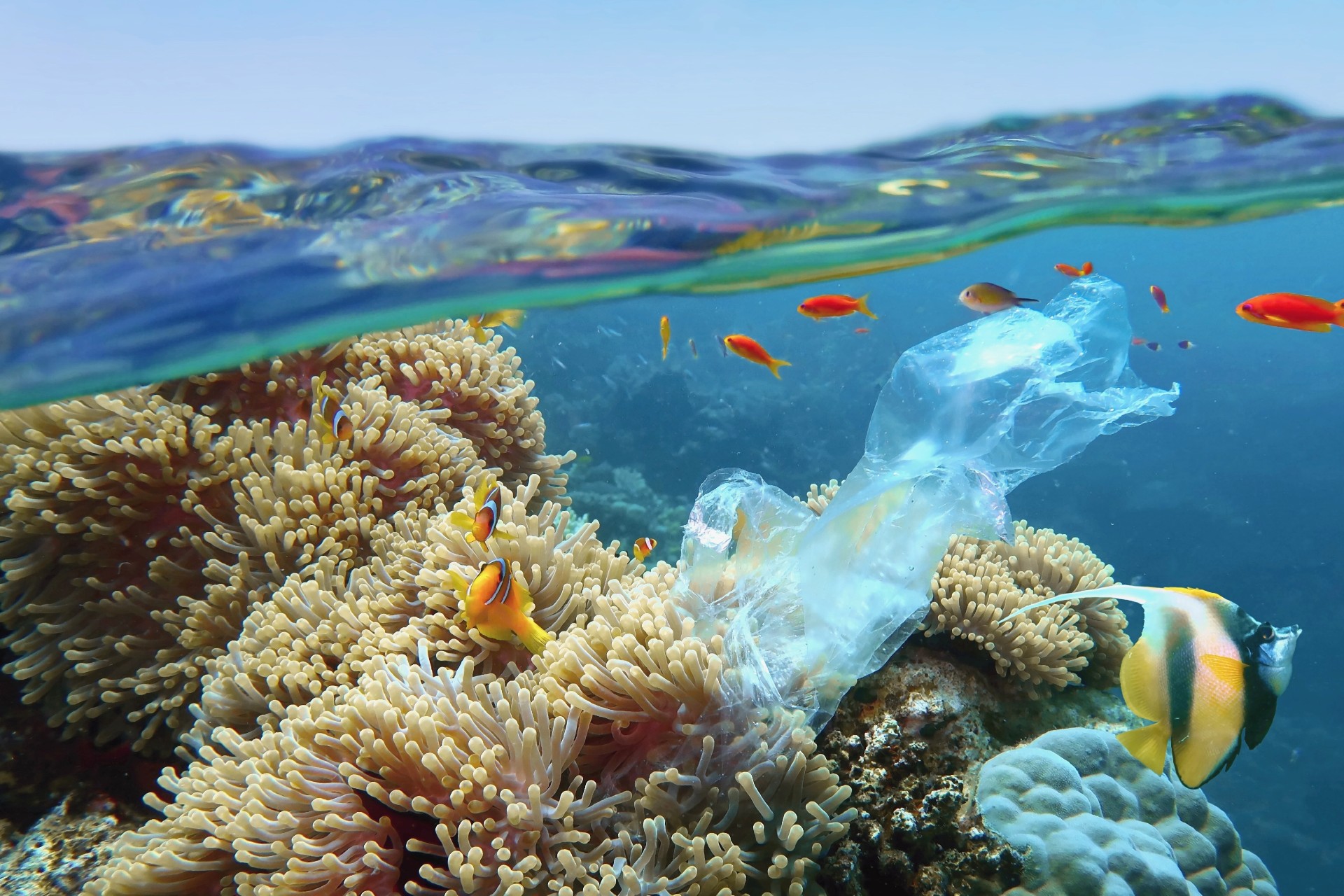
Protecting the World’s Oceans
It is a fact that the ocean has provided us with plentiful resources to supply our needs. In return, our goal should be to sustain these resources for us to continue our survival. Now is the time to neutralize the negative effects we have done on our planet and protect our ocean. Here are some ways to help:
Oceanography and Scientific Research
Most of the scientific knowledge we know about our oceans, we owe to scientists and oceanographers. Oceanography is a multi-disciplinary approach to studying the different aspects of the ocean. Knowing the origin, function, and mechanisms present in ocean systems is key to exploring and extracting resources from them.
Supporting intergovernmental scientific organizations and local government agencies will allow us to get a better understanding of how the ocean works. We, regular folk, can support these endeavors by voting for scientific and environmentally-minded leaders to ensure the continued funding of ocean research.
Community Action and Policies: Be an Ocean Advocate
Aside from scientific research, community-driven strategies and policies create positive change.
The United Nations’ Sustainable Development Goals list marine conservation as its top priority for the future12. This policy promotes the allocation of budgets for sustainable approaches to using marine resources. Our job now is to make sure this happens.
To do this, we can organize community campaigns and share our voices. To put large industrial companies accountable for their improper waste management methods. Moreover, we can promote healthier and more sustainable choices for our local neighborhoods to practice. This is what it means to become an ocean advocate.
Reduce carbon footprint
Protecting the ocean should not be limited to community efforts alone. We can also practice it in the comfort of our own homes. By reducing our carbon footprints, we can help protect the oceans at a faster rate.
But what exactly are carbon footprints? Carbon footprints are anything we consume and do that creates greenhouse gas emissions. This can come in the form of car fuel, food packaging, and even down to the clothes we wear. For us to protect our oceans, we must control these carbon footprints. These are some of the ways we can do this:
- Reduce transportation using private vehicles – commuting is still the most sustainable way of travel
- Consume local and seasonal food products – food preservation processes emit lots of greenhouse gases
- Reduce food waste at home – buy only what is needed
- Buy sustainably-made clothing – the fashion industry is responsible for more greenhouse gas emissions than air and ocean travel combined
- Use renewable energy sources – i.e., solar panels, hydroelectric systems, etc.
- Stop the use of disposable plastic products – using decomposable and edible drinking straws such as The Happy Turtle Straw can help minimize our carbon footprints and protect the ocean
Educate yourself and others
Over 3 billion people rely on oceans to live. Without the ocean, almost half of the human population will lose their livelihoods and cause our economy to fall into ruin which is why protecting the ocean is a responsibility we must all face. With this article, you are now even more knowledgeable of the gravity of the ocean situation.
Making change happen is a big responsibility. But the thing is you don’t have to be a scientist or policymaker to exact change in protecting the ocean. We can all be conservationists in our own homes. This can be done by educating ourselves with ocean knowledge, practicing sustainable waste management, organizing collective ocean action, and reducing our daily carbon footprints. If we do these things on a daily, all of us will create a lasting and cumulative impact to protect our oceans.
References
- https://worldoceanday.org/about/mission-and-history/
- https://www.sciencedirect.com/topics/agricultural-and-biological-sciences/oceanography
- https://oceanservice.noaa.gov/facts/ocean-species.html
- https://www.ncbi.nlm.nih.gov/pmc/articles/PMC3160336/
- https://www.biologicaldiversity.org/campaigns/ocean_plastics/
- https://www.iucn.org/resources/issues-briefs/marine-plastic-pollution
- https://europa.eu/youth/get-involved/sustainable-development/how-reduce-my-carbon-footprint_en
- https://sdgs.un.org/goals/goal14

